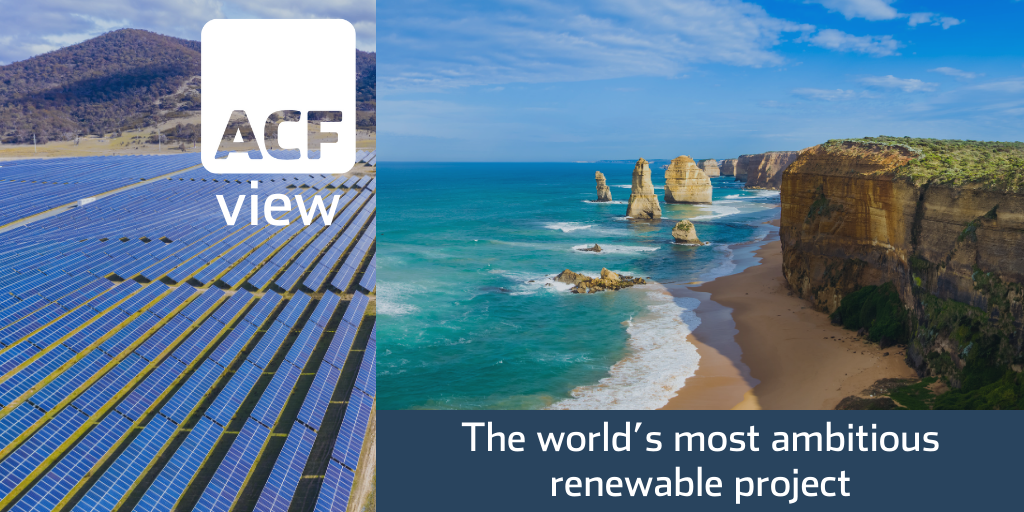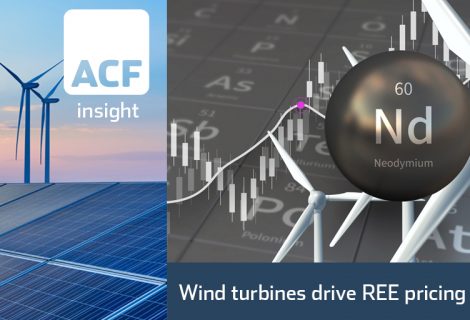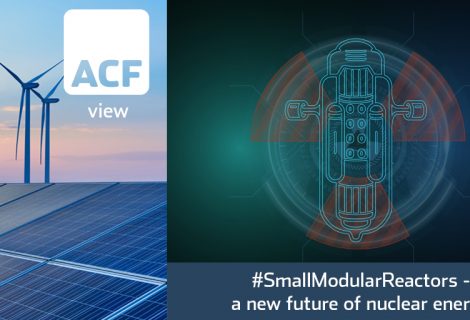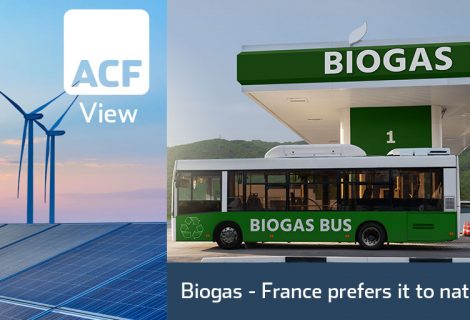The world’s most ambitious renewable project
Sun Cable plans to build the world’s largest solar project by 2027. Its undersea electricity cable will connect the remote solar farm to consumers.
Key Points:
- The Australia -ASEAN Power Link built by Sun Cable (a Singaporean renewable energy company) will have the world’s largest battery and the world’s longest undersea electricity cable at 3,700 km.
- The 30-gigawatt hour (GWh) battery storage capacity will allow for an unlimited supply of renewable energy.
- The solar farm will span over 30,000 acres in Australia’s Northern Territory. This corresponds to 9m solar photovoltaic (PV) panels.
- Australia-ASEAN Power Link is expected to be 155x the size of the current world’s largest operational lithium ion battery farm housed at Hornsdale Power Reserve in South Australia.
- The project is expected to supply up to 20% of Singapore’s electricity demand.
Many countries are committed to a carbon neutral future beyond 2050. The amount of electricity produced from renewable sources needs to increase dramatically.
An industry dilemma with solar power is that the best areas to produce power are often far from populated areas. This is a physics problem as much as a commercial problem getting the power from production site to concentrations of population over long distances.
The Australia-ASEAN Power Link project will attempt to solve this problem with a 4,500 km of high-voltage direct current (HDVC) power cable. The cable will run from the solar farm, through Darwin to Singapore.
Specifics on the power lines are yet to be released but Siemens (XETRA: SIE) estimates a line loss (i.e. energy loss) of 2.6% for 2.5 GW of power transmitted through 800 km of overhead lines.
At full capacity – based upon the Siemens statistics, the full length of the 4,500 km line would incur an overall energy loss of 14.6%.
The installation of the undersea HVDC cable has not yet been completed. Therefore, our assumptions on power loss are subject to change as comparing the physics of an overhead power cable to an undersea power cable is not strictly like for like.
The specifics of the battery system have yet to be released but are expected to overshadow Tesla’s (NASDAQ: TSLA) current and planned capacity.
Tesla’s current lithium-ion battery system is 193.5 megawatt hour (MWh) and their new planned project is 450 MWh – both in southern Australia.
As we have discussed in “Vanadium Flow batteries preferred for long energy storage” a suitable alternative option for the battery could be a vanadium flow battery. This has many advantages over the standard lithium-ion battery.
Should the project be successful this opens up opportunities for solar projects from the Sahara Desert to the American Midwest to the Arctic.
A similar project feeding solar power from the Sahara Desert to Europe looks possible from and engineering perspective – the Sahara is around 1,800 km wide, Tunis to Rome straight line is 600km and driving 1300 km, Tunis to Edinburgh is 3,000km driving. By any of these measures, if the physics can work for the Australia-AEAN Power Link project then the Sahara can feed Southern and significant parts of Northern Europe.
Whether or not a solar power, battery and power line project from the Sahara to Europe is economically viable or a politically stable route can be found is a different question. It is likely that the metrics for economic viability will change as the climate changes.
Solar PV installation is progressing at a good rate although much more investment is needed.
In Exhibit 1 below we forecast the amount of solar PV capacity installed from 20E to 30E. Capacity is estimated to reach 12,904 TWh by 2023E, based on a CAGR of 30%.
Exhibit 1 – Targeted amount of Solar PV power produced 2020E – 2030E
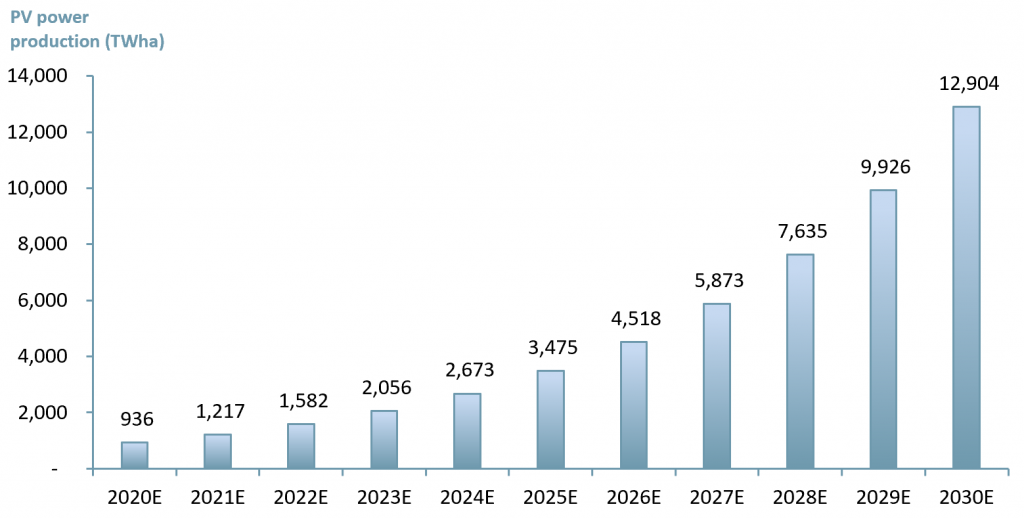 Source: ACF Equity Research Estimates, ACF graphics
Source: ACF Equity Research Estimates, ACF graphics
Solar power projects such as Sun Cable are important. The global focus is to meet the Paris Agreement’s target of keeping global temperature rises below 2⁰C above pre-industrial levels.
However, we must also consider ways to lower our energy consumption. Becoming more efficient in what we are using and lowering our heat output is just as important as making our energy sources greener in other non-fossil fuel ways.
In Exhibit 2 we show a peer group of solar power market players:
- Energiekontor (EKT.DE, Solar and Wind parks, Germany Portugal and UK);
- Encavis AG (CAP.DE, Solar and onshore Wind parks, Germany, Italy, France, Austria, Finland, the United Kingdom, Sweden, Denmark, the Netherlands, and Spain);
- Neoen SA (NEOEN.PA, Solar, Wind and Energy Storage in Argentina, Colombia, Ecuador, El Salvador, Jamaica, Mexico and the US);
- Centrotherm International AG (CTNK.F, photovoltaic, semiconductor and microelectric solutions globally) and;
- First Solar (FSLR:NASDAQ, photovoltaic modules using cadmium telluride and systems, US and international).
Exhibit 2 – Solar power market peer group

Source: ACF Equity Research
Yes the peer group Gross debt to assets average looks indigestible now and the valuations on a revenue basis mostly very demanding – but the EBITDA margins look attractive for the peer group and the volume of projects to come mean the multiples are still obscuring their underlying value.

